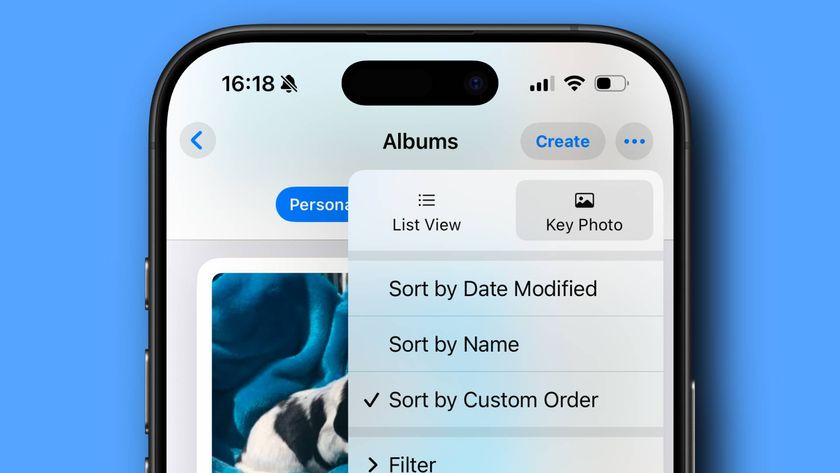How the cloud has transformed vendor business models
Subscription services rule
Most business leaders are familiar with Geoffrey Moore's technology adoption lifecycle (from Crossing the Chasm.)
It essentially outlines a bell curve, with innovators, early adopters and the early majority shaping the first part of the curve, and late majority and laggards rounding out the end. When you map actual revenues to that curve, you get an s-shaped revenue curve.
Every industry has a variation on this curve, but with traditional business models, the general s-shape holds true. New product revenues from early adopters shape the front of the curve, and eventually become the foundation of your recurring revenues. Revenues eventually level off as you reach market maturity or near product end-of-life.
The three challenges to long term revenue success with SaaS are:
Challenge #1 – The early years are lean
The first years, when you're building the business, are particularly lean for SaaS-based businesses because there are no big upfront perpetual license fees to fuel growth.
Having lower revenues in the early years makes it harder to fund the business – leaving fewer resources for ongoing customer retention and nurturing efforts. New SaaS-based businesses (or those adopting the SaaS model) are likely to focus their limited marketing and sales resources on acquiring new customers in hopes of making that initial revenue curve a little steeper.
Are you a pro? Subscribe to our newsletter
Sign up to the TechRadar Pro newsletter to get all the top news, opinion, features and guidance your business needs to succeed!
Challenge #2 – The payback from customer loyalty takes a few years
Customer retention improvements are an exercise in compounding interest. A relatively small change in renewal rates can have a major long-term impact in average customer lifetime value – but the difference takes time to show up.
The renewal rate includes not just the number of renewals closed but also the revenue amount of those renewals – including any discounts or upsells. A 15% improvement in renewal rates can generate between three and four times the customer revenue ten years down the road.
The SaaS businesses that invest in customer retention and development practices in the early years have a huge advantage as they mature. It requires an eye to the future.
Challenge #3 – Change gets harder over time
If you wait to focus on customer loyalty, the road is a harder one. By the fourth or fifth year of the business, organisational and cultural practices are already ingrained and difficult to change.
You may be heavily invested in a sales culture and compensation structure that values net new sales over recurring revenue. Reallocating sales and marketing is always difficult.
The time to plan for customer retention is when you're reaching out to your first customers. But if that ship has already sailed, you can still make substantive efforts.
- Martin Moran, Executive Vice President of Global Selling Services, brings more than 25 years of technology experience to ServiceSource. Prior to joining ServiceSource, Martin spent ten years at salesforce.com.

Désiré has been musing and writing about technology during a career spanning four decades. He dabbled in website builders and web hosting when DHTML and frames were in vogue and started narrating about the impact of technology on society just before the start of the Y2K hysteria at the turn of the last millennium.











